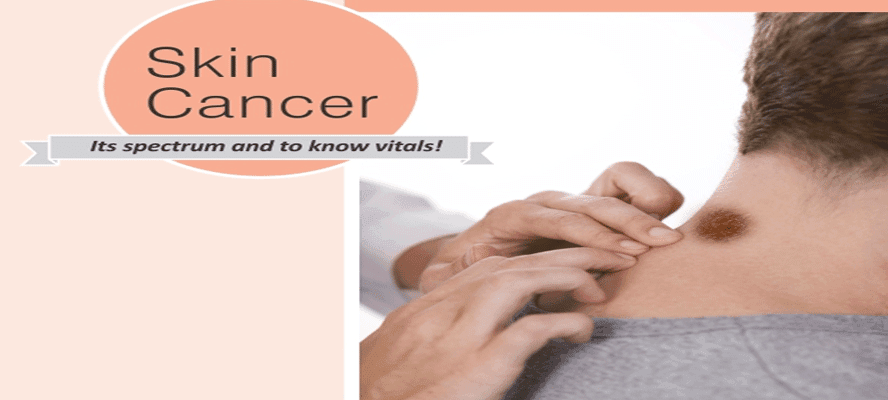Skin is the largest organ in human body, quiet naturally making up 16% of the body weight, with a surface area of 1.8 m. This phenomenal organ protects the body against heat, sunlight, injury and infections; helps in controlling the body temperature and stores water and fat. Skin cancer is the most common type of cancer wherein areas of skin exposed to sunlight become the most popular region affected, though it can occur anywhere on the body. Historically, “Mummies” more than two thousand years of age have been found to bear signs of skin cancer. However, John Hunter was the first surgeon to perform successful excision of melanoma tumour in 1787; and Rene Laennec, a French doctor was the first to clinically distinguish melanoma in 1804.








